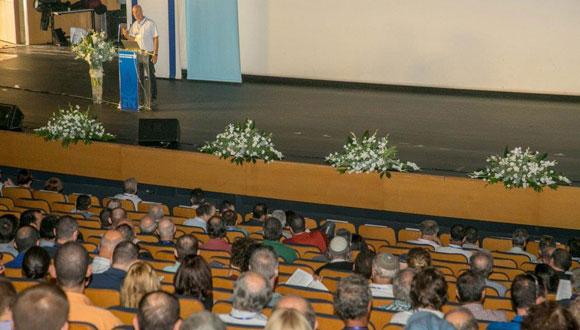Physics Colloquium: Hydra Regeneration and the Physics of Morphogenesis
Kinneret Keren, Technion
Abstract:
Morphogenesis, the emergence of form and function in a developing organism, is one of the most remarkable examples of pattern formation in nature. Despite substantial progress, we still do not understand the organizational principles underlying the convergence of this process, across scales, to form viable organisms under variable conditions. We focus on the mechanical aspects of morphogenesis using Hydra, a small multicellular fresh-water animal, as a model system. Hydra has a simple body plan and is famous for its ability to regenerate an entire animal from small tissue pieces, providing a flexible platform to explore how mechanical forces and feedback contribute to the formation and stabilization of the body plan during morphogenesis. I will present our recent results showing that the supra-cellular actin fibers, which exhibit nematic order, direct body-axis formation during regeneration. I will further describe our efforts to develop a framework that relates the dynamics of the actin nematic to the develt of the animal's body plan, in which topological defects in the nematic order act as organizers of the morphogenesis process. Finally, we aim to directly demonstrate that mechanical constraints can pattern the body plan during morphogenesis via mechanical feedback and I will describe our progress in this direction.
Event Organizer: Dr. Ishay Pomerantz


